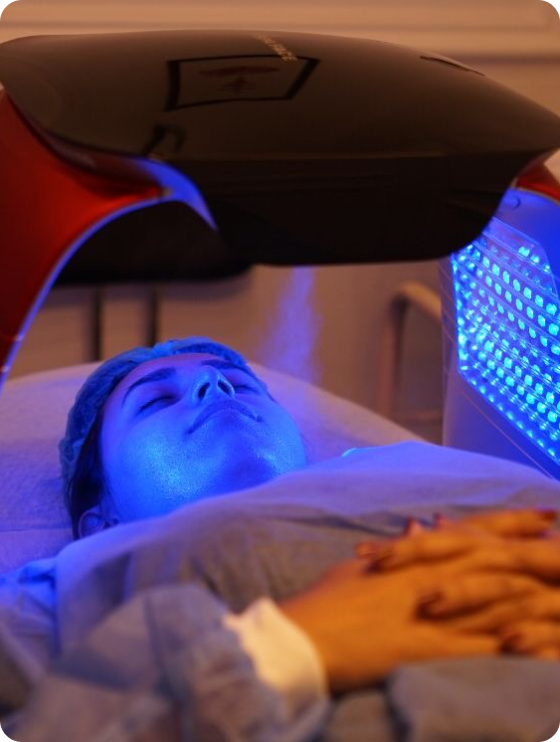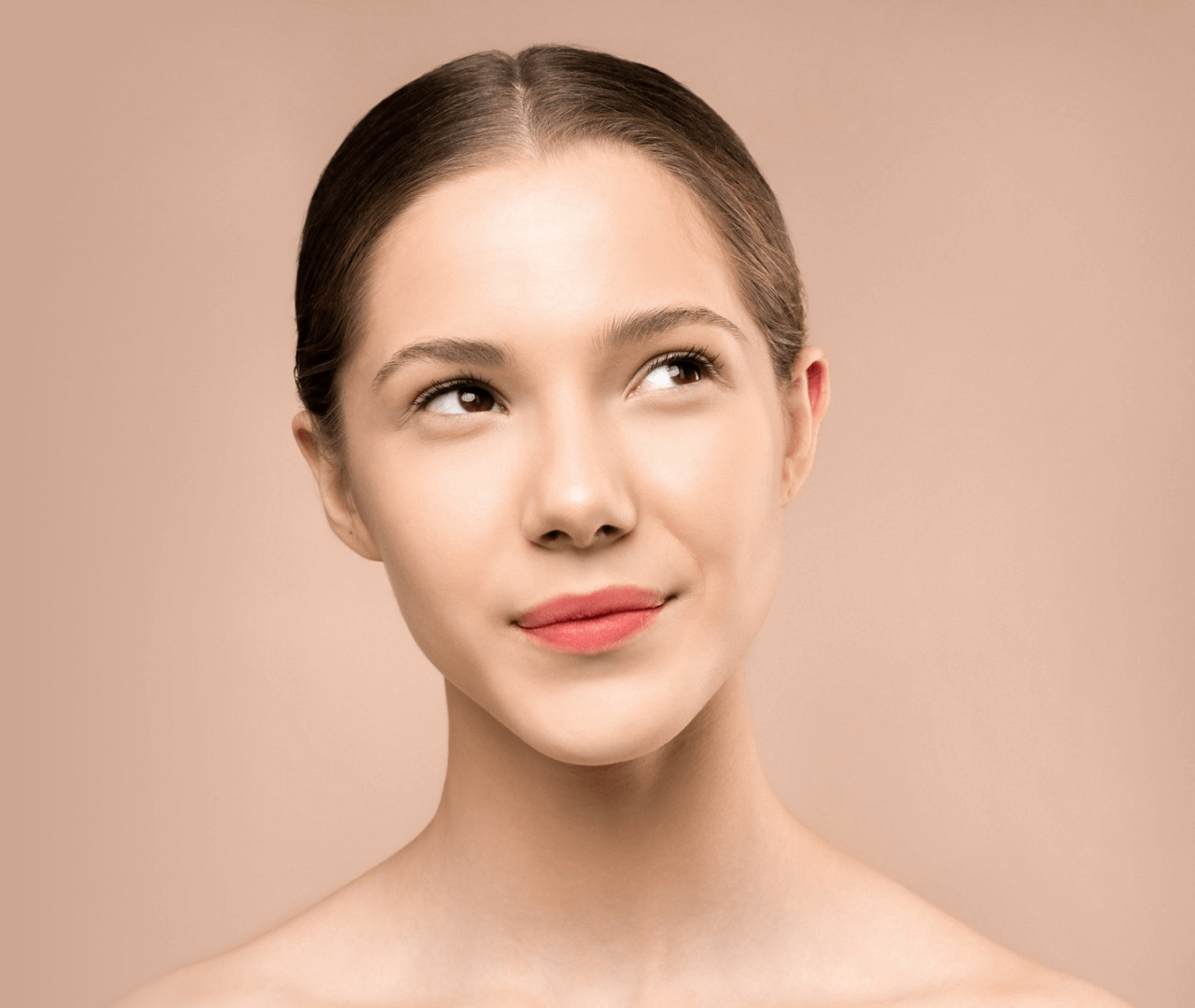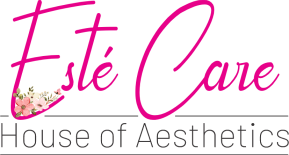Cryo-gas Therapy
Cryotherapy is a comparatively painless method of treatment. This medical procedure eliminates unhealthy or diseased tissue caused by certain medical conditions. Most cryotherapy is done without surgery. Procedure recovery is usually swift and painless.
What's cryotherapy?
Cryogenically freezing skin surface lesions is a minimally invasive treatment. Cryogens can be used for cryotherapy, sometimes called cryosurgery or cryoablation. Medical cryogens are most commonly liquid nitrogen (–196°C).
Some cryogens are:
- CO2 snow (–78.5°C).
- Dimethyl ether and propane (DMEP or –57°C).
Cryotherapy is less expensive, simpler, safer, and faster than more intrusive treatments and can be done in an outpatient setting.
Why is cryotherapy used?
Cryotherapy is a treatment option for benign lesions, which include the following:
- Actinic lesions
- Seborrheic scars
- Molluscum contagiosum are viral warts.
- Skin tags.
Thorough follow-up is essential after having a dermatologist freeze minor skin malignancies such in-situ squamous cell carcinoma (SCC) or superficial basal cell carcinoma (BCC) on the trunks or limbs; nevertheless, this method is not always effective.


What conditions can cryotherapy not be used for?
Avoid cryotherapy for:
- Undiagnosed skin lesions
- Melanoma
- Patients with dark skin
- Tissue-pathological lesions
- Lesions in a weakened circulation zone
- Patients who have had cryotherapy side effects or cannot tolerate them
- Young kids
- Unconscious patients
- Cold-exacerbated conditions:
- The Raynaud disease
- Cold urticaria
- Cryoglobulinaemia
- Multiple myeloma.

What is the process of cryotherapy?
Cryotherapy causes tissue necrosis by cooling the lesion to subzero temperatures. Thawing also causes changes in osmolarity, which can harm tissues.
Nitrogen in liquid form
Cryosprays, probes, and cotton-tipped applicators are used in liquid nitrogen cryotherapy. Lesions vary in location, depth, size, and tissue type, affecting dose, freeze-time, and administration.
Liquid nitrogen spraying includes:
- Direct spray/timed spot freeze (standard treatment)
- Choose between paintbrush and rotary or spiral spraying.
When using the timed spot freeze technique, the spray pistol is held 1 to 1.5cm above the skin lesion and sprayed until an ice ball covers it. Based on lesion and freeze depth, the ice field is maintained for 5–30 seconds. After thawing, some repeat the therapy. The ‘double freeze-thaw’ occurs.
Deposition of carbon dioxide powder
An acetone-slush or cylinder of carbon dioxide snow is used for cryotherapy. Directly on the skin lesion.
DMEP
DMEP is normally sold over-the-counter in aerosol form. Depending on size and location, a foam applicator is used to treat warts for 10–40 seconds.
Why is cryotherapy beneficial?
Cryotherapy is safe and straightforward, but it may take multiple treatments to work. Pain might also hamper compliance.
Keratoses actinic and seborrheic
Cryosurgery works well for sun-damaged benign lesions.
- Complete cure rates for actinic keratoses range from 39% to 83% after one freeze-thaw cycle.
- Thicker seborrheic keratoses may require lengthier treatment and repeated freeze-thaw cycles.

what people say ?
Our services at ESTE Care include advanced skin, hair, and body treatments designed to enhance natural beauty, from laser therapies and facials to hair restoration and aesthetic injectables. Experience personalized care with lasting results.

Our services at ESTE Care include advanced skin, hair, and body treatments designed to enhance natural beauty, from laser therapies and facials to hair restoration and aesthetic injectables. Experience personalized care with lasting results.

Previous
Next

